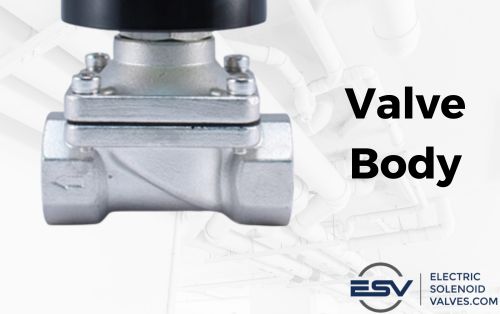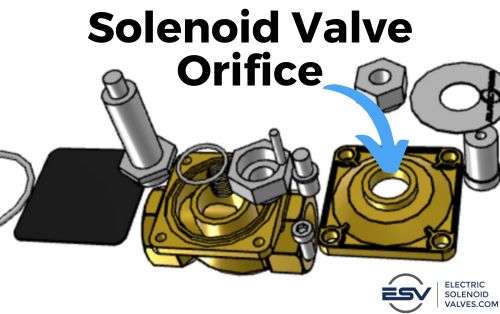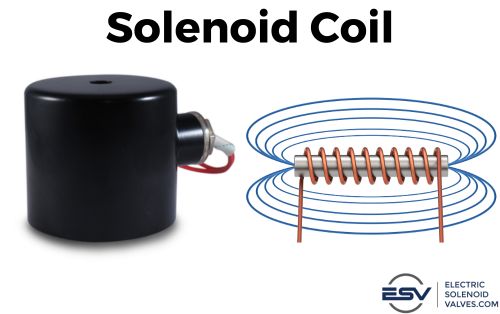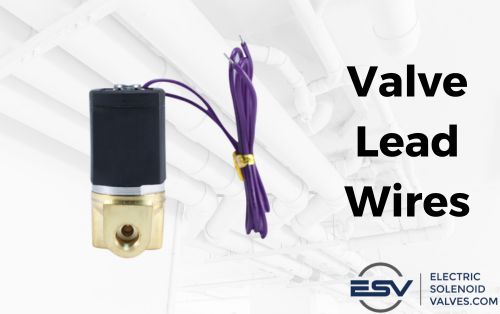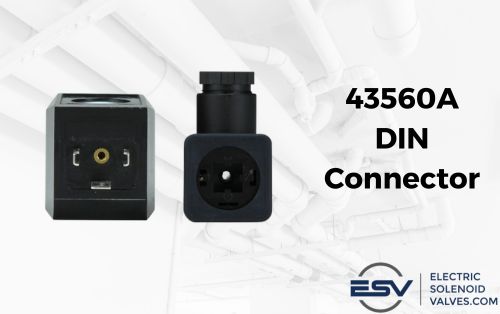Jun 3rd 2024
Key Components of a Solenoid Valve
Solenoid valves are simple mechanical devices used to control the flow of media. However, if you were to dismantle a solenoid valve, it might be confusing when you see all of the parts inside. In this blog post, we’ll go over each of the main components of a solenoid valve to help you better understand what makes up these devices as well as give you a better idea of what the function of each part is to help when troubleshooting.
Note - this is a breakdown of the parts of a 2-way solenoid valve. 3-way solenoid valves as well as pneumatic solenoid valves have different makeups.
VALVE BODY
The valve body is the structure that houses all of the internal components (orifice, plunger, spring, and seals). This part of the valve is usually constructed out of durable materials like brass, stainless steel, or plastic. The body provides a pathway for media to flow through as they enter the inlet port, and exit the outlet port.
INLET PORT
On one side of the valve body, there is a female port that connects to the upstream part of the system. This inlet port is where the media enters the valve, where it then either continues to flow through the valve or stop, depending on whether the valve is open or closed. Quality solenoid valves have NPT threaded ports which prevent leaks at the connection with piping.
OUTLET PORT
The opposite side of the inlet port is the outlet port. This opening connects to the downstream part of the system. When the valve is open, media will flow through the outlet port. When closed, nothing will flow out of this end.
ORIFICE
Inside of the valve body is a small opening, called the valve orifice. This point in the valve connects the inlet port to the outlet port and is the location where media is allowed to flow through when the valve is open, or stopped the flow when it is closed.
SOLENOID COIL
The solenoid coil is the heart of the valve. It consists of a tightly wound copper wire that generates a magnetic field when the valve is energized. This field is what controls the mechanical parts of the valve which regulate flow. The coil is house in an enclosure such as the one pictured above.
Read more on solenoids - How Does a Solenoid Work?
PLUNGER/ARMATURE
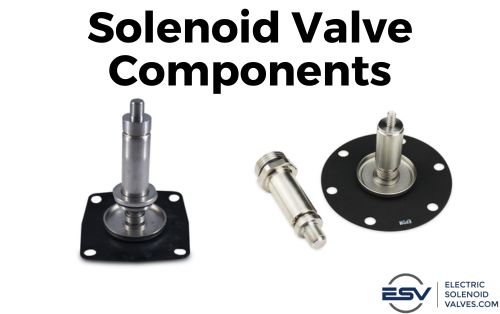
The plunger, also known as an armature or piston, is the part of the valve that moves to control flow. The plunger is controlled by the solenoid coil, which when energized lifts the plunger to open the valve (for normally closed solenoid valves) or repels it into the orifice to close the valve (for a normally open solenoid valve).
SPRING
The spring returns the plunger to its original position based on the de-energized state. In a normally open solenoid valve, the spring keeps the plunger up to keep the valve open. For normally closed valves, the spring presses the armature down to close off the flow of media.
ARMATURE TUBE
The plunger and spring are housed inside of the armature tube. This hollow tube is responsible for guiding the armature in the right direction to open or close the valve.
ELECTRIC TERMINALS/LEAD WIRES
Depending on the valve design, you may find either a DIN connection or lead wires. This part of the valve connects to your power supply to provide electricity to power the solenoid to open and close the valve.
DIAPHRAGM/SEALS
A valve diaphragm is made up of leak-proof materials like Viton or Teflon. This flexible material forms a tight seal between the two sections of the valve body to prevent leaks from the valve. It is also the part of the valve that ultimately opens or closes the path of media at the orifice as the plunger either presses down on it, or releases it.
Read more on valve seals - Guide to Valve Seal Materials: Viton, PTFE, NBR, and EPDM
How It All Comes Together
When an electrical current flows through the solenoid coil, it creates a magnetic field. This field attracts or repels the plunger, overcoming the spring's force. As the plunger moves, it opens or closes the orifice by pressing down on or releasing the valve seal, allowing or stopping fluid flow. When the valve is de-energized, the spring returns the plunger to its resting position, and the valve returns to its normal state (normally open or normally closed).
For more information on solenoid valves and to explore our extensive product range, visit ElectricSolenoidValves.com. Our team is here to help you find the ideal valve for your project.


